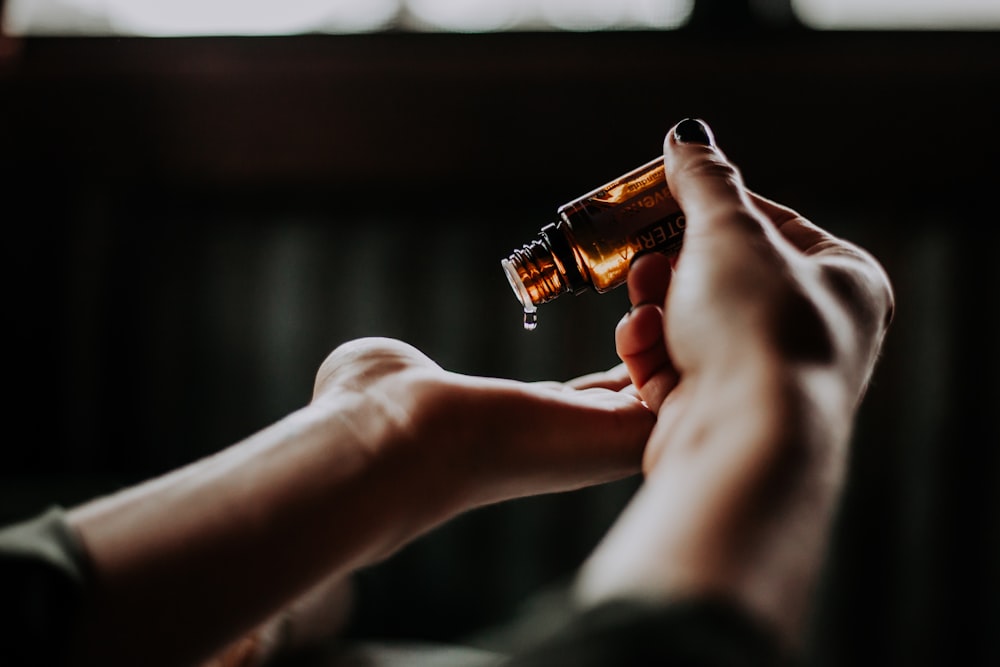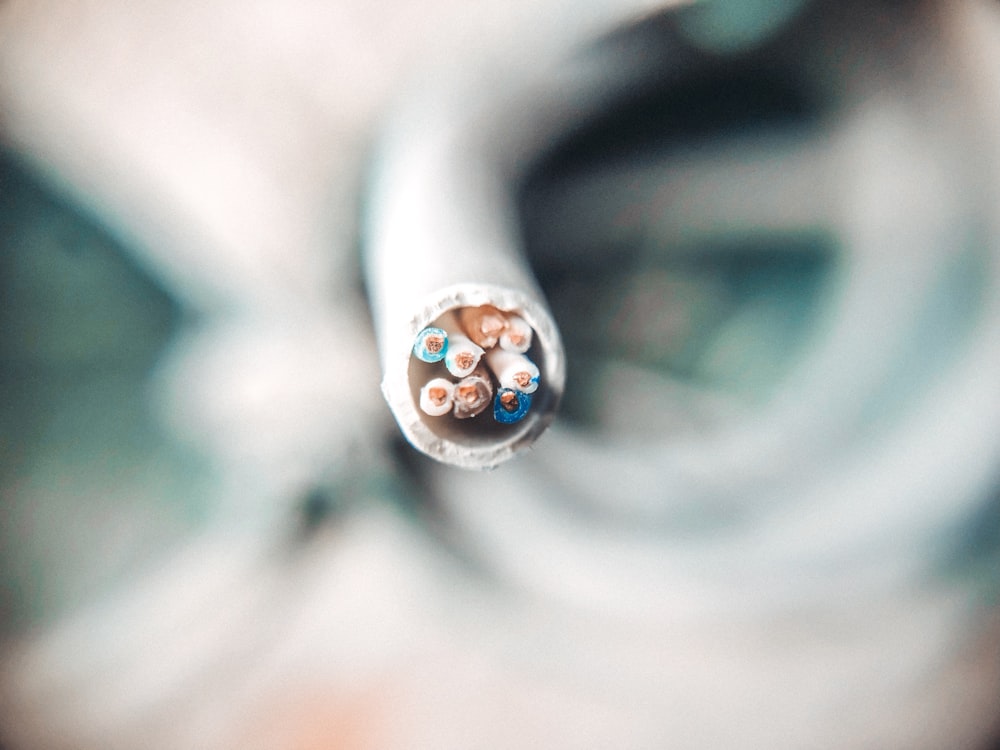Simple Ways to Cut Your Hot Water Bill
Your hot water bill can be reduced by making use of some simple tricks that will permit you to consume less water and thus pay less. The first thing you need to know is that the water pipes in your home need to be in good condition and free of leaks to avoid water losses. A dripping hot water connection is literally money down the drain. It is a good idea to do a visual inspection of the piping in your basement every two years or so.
Another good way of saving on your hot water bill is to use other types of water heaters, such as a tankless water heater that heats water on demand. It will save you plenty of energy, because the water gets heated only when needed. This is in contrast to a conventional tank that works to keep the entire tank of water at a constant temperature at all times.
Some other ways of reducing the bill is to make some changes to your shower. The new models of energy efficient shower heads help to save energy and water without reducing pressure. Low flow shower heads use up to 70 per less water than normal ones. Some models provide adjustable spray jets that reduce heat loss and improve comfort. An energy efficient shower head consumes about 5 liters per minute, as opposed to a traditional one that averages about 14 liters per minute.
The reduced flow results in a reduction of water consumption, so you will save on your water bills and sewer bills. For those of you who have septic tanks and wells, it makes for less wear and tear on your pumping equipment and the number of times you will need to have your septic tank pumped out. To further reduce your water consumption, consider installing a shower head with a stop button, or a single handle faucet, which you can press to interrupt the flow. The advantage of this button is that you can interrupt the flow while you soap or shampoo, then turn it back on and rinse at the same rate and temperature as before.
A large number of shower faucets are fitted with safety devices such as valves to regulate pressure and maintain the water temperature at a constant level. In a household with small children or elderly folks, this is an essential way to keep everyone safe from burns that can result from scalding hot water.
You can also save more water and energy by taking quick showers instead of long baths. You will consume as much as 50 per less hot water depending on the shower head you use. For example, a shower of 5 minutes with a flow rate of 9.5 liters per minute, consumes approximately 47.5 liters of water while a bath, half full, requires an average of about 100 liters of water. A timer, such as an hourglass or a manual timer, can help to control and reduce the time spent in the shower. Even if you decide to shower a little longer than usual now and then, your low flow shower head will save you money.



